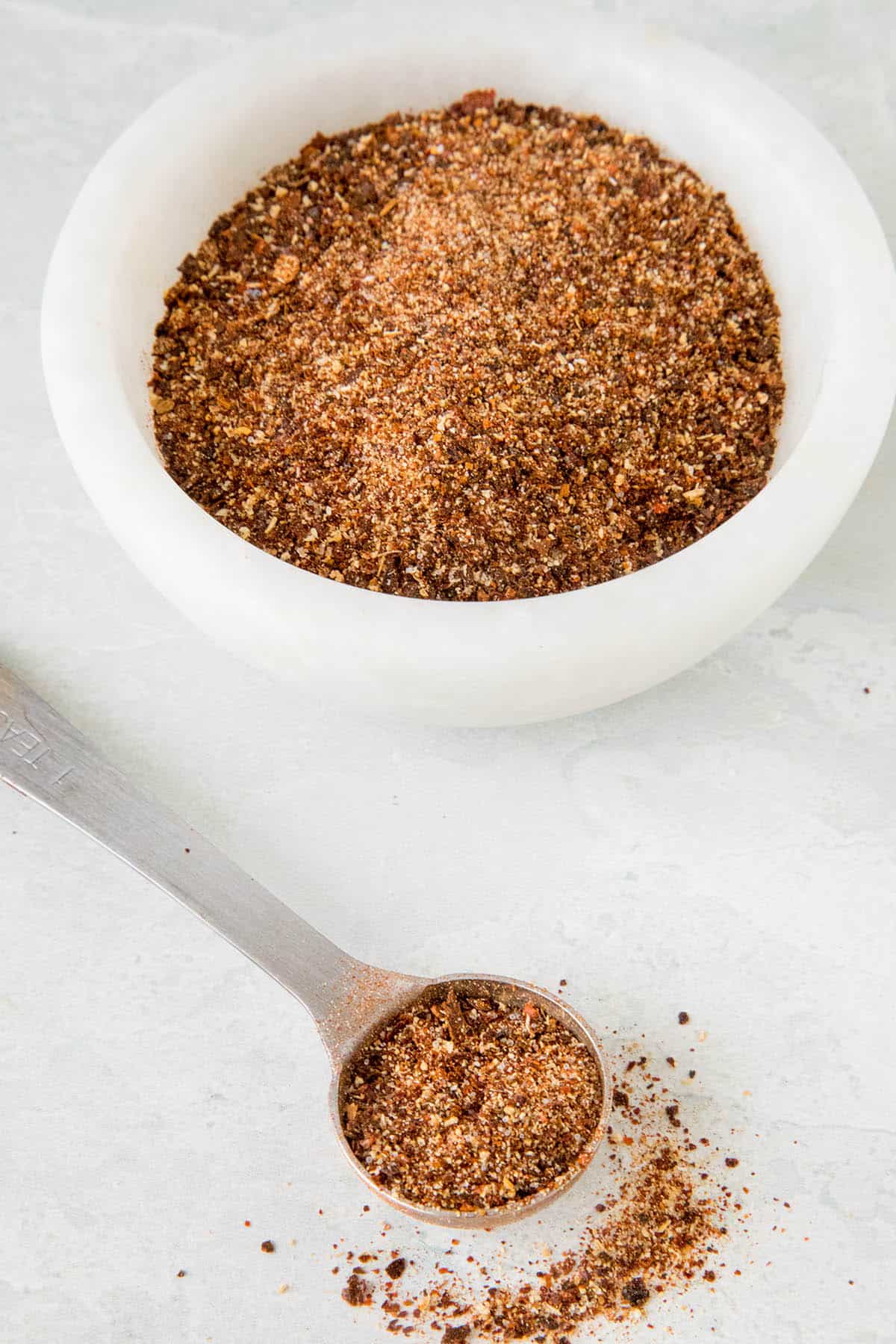- No. 268 Xianghe Street, Economic Development Zone of Xingtai city, Hebei 054001 China
- Byron@hbhongri.cn
natural paprika
The Natural Allure of Paprika A Culinary Delight
Paprika, a vibrant red spice that hails from the Capsicum annuum pepper, is more than just a colorful addition to a dish; it embodies a rich history and an array of flavors that can elevate any meal. Derived primarily from ground, dried bell peppers and chili peppers, paprika is celebrated not only for its striking hue but also for its versatility and unique taste profile that can range from sweet and mild to hot and smoky.
A Brief History of Paprika
Historically, paprika has roots that trace back to Central America, where the indigenous people cultivated various chili peppers. It made its way to Europe in the 16th century through Spanish and Hungarian traders, quickly becoming a staple in both cuisines. In Hungary, paprika gained prominence as a national spice, with various grades and varieties developed, each showcasing different flavor intensities. Today, countries like Spain and Hungary are renowned for their distinctive styles of paprika, contributing significantly to the spice's global appeal.
Types of Paprika
The world of paprika is diverse, with several types available, each offering unique culinary applications. The most common varieties include
1. Sweet Paprika Often used in Hungarian dishes, sweet paprika has a mild, sweet flavor and is best known for its use in goulash. It’s perfect for adding color without overwhelming heat.
2. Smoked Paprika (Pimentón) This variety is made from peppers that are smoked over an oak fire before being ground. It imparts a deep, smoky flavor to dishes and is widely used in Spanish cuisine, particularly in stews, chorizo, and paella.
natural paprika

3. Hot Paprika As the name suggests, this variety packs more heat than its sweet counterpart. It is often used to add a spicy kick to various dishes, including sausages and meats.
4. Spanish Paprika Known as Pimentón de la Vera, this paprika is often smoked and comes in various heat levels. It is a staple in many traditional Spanish recipes.
5. Hungarian Paprika Renowned for its rich flavor and vibrant color, Hungarian paprika is categorized into different levels of pungency, from sweet to strong. It is an essential ingredient in countless dishes, including the famous Hungarian goulash.
Culinary Uses of Paprika
Paprika serves a multitude of purposes in the kitchen. It can be a star ingredient or a subtle touch that enhances other flavors. Additionally, it can be used in marinades, rubs, sauces, soups, and even as a garnish. Sprinkling paprika over deviled eggs or potato salad adds both visual appeal and flavor. It also complements savory dishes like stews, roasted vegetables, and grilled meats, allowing chefs to explore an array of culinary styles.
Beyond its flavor, paprika also boasts nutritional benefits. It contains a rich concentration of antioxidants, vitamins A and E, and may contribute to improved health if consumed as part of a balanced diet.
Conclusion
In summary, the allure of natural paprika lies not only in its vivid color and burst of flavor but also in its rich history and cultural significance. Whether used in a classic Hungarian goulash or as a finishing touch on a modern dish, paprika showcases its versatility and importance in the culinary world. As food lovers continue to explore the diverse flavors and traditions associated with this spice, paprika remains a timeless ingredient that delights the senses and invites creativity in every kitchen. So, the next time you reach for that jar of paprika, remember the journey it has taken and the vibrant flavors it can bring to your culinary creations.
-
Turmeric Rhizome Powder: A Golden Treasure from Roots to TableNewsJul.28,2025
-
The Versatile Application Of Crushed Red Hot Peppers: Lighting Up The Red Flames On The Dining TableNewsJul.28,2025
-
The Paprika: A Touch Of Vibrant Red In Color, Flavor, And CultureNewsJul.28,2025
-
Ground Turmeric: A Modern Examination of an Ancient SpiceNewsJul.28,2025
-
Capsicum Liquid Extract: Features, Applications, and ChallengesNewsJul.28,2025
-
Application of Capsicum Liquid Extract in FoodNewsJul.28,2025







